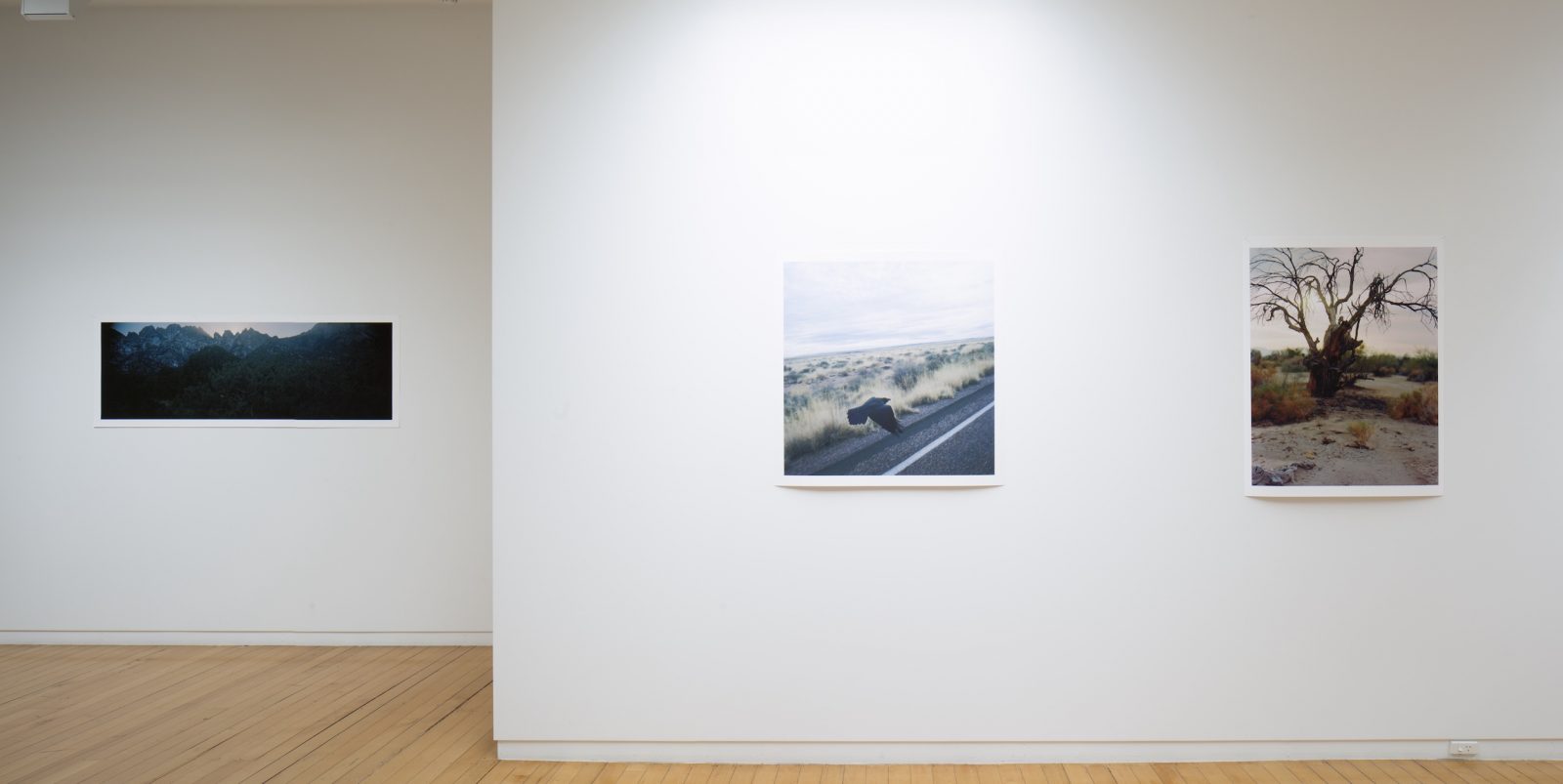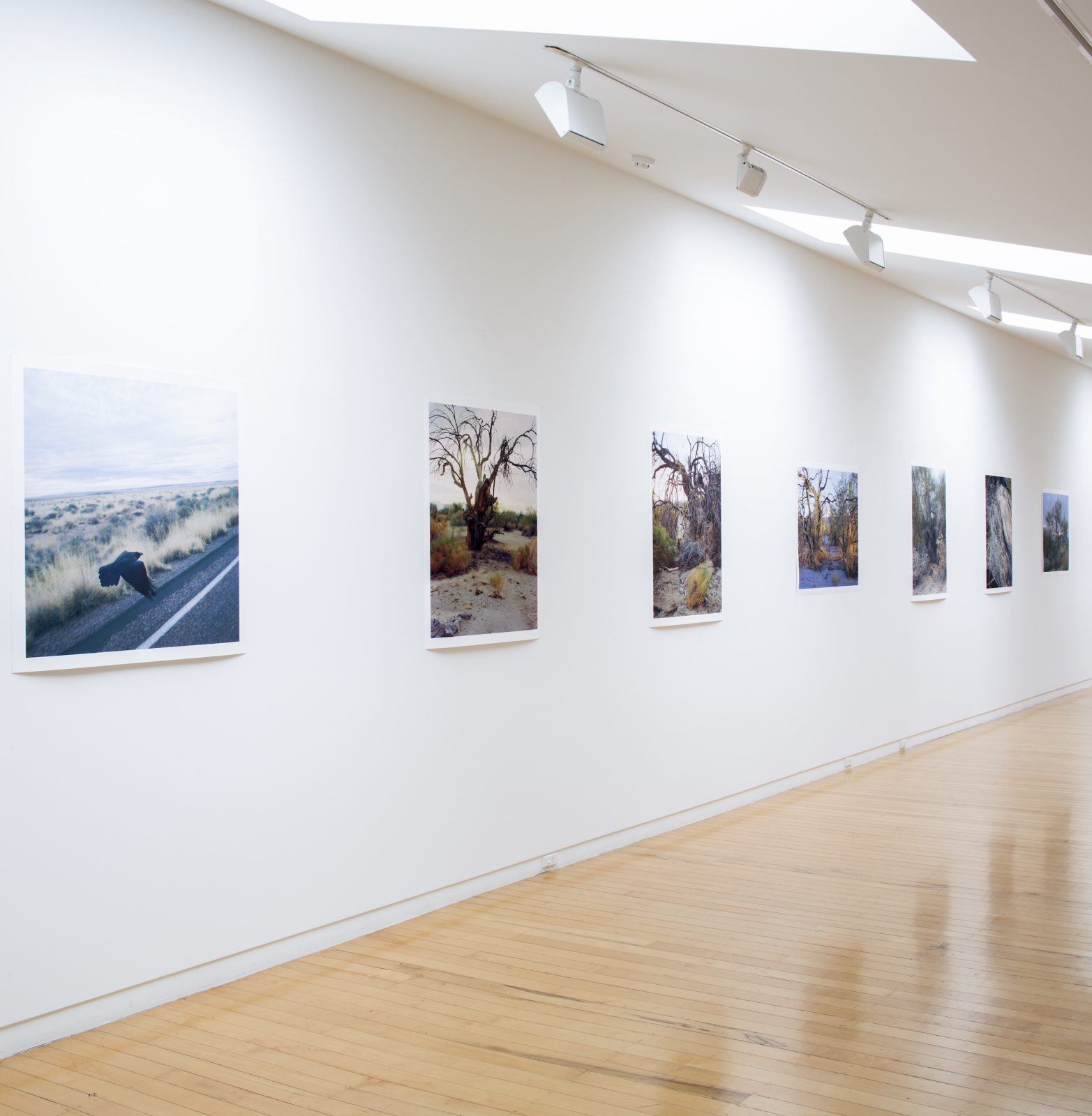Joyce Campbell
To The Wash
22 August - 20 September 2014
On a year-long sabbatical from the University of Auckland, Joyce Campbell returned to Los Angeles, a place that had been her home for ten years. In a region overpopulated and industrialized such as Los Angeles, Campbell searched for places where she could be alone and in the area towards a town called Mecca, she found a deserted wilderness inhabited only by a few itinerant travellers looking for shelter.
Campbell has the ability to engage with the mythologies and ecologies of a place as shown with her recent bodies of work such as Crown Coach Botanicals shot in LA, and Te Taniwha and The Thread, an exploration of the spiritual histories of Te Reinga and Whakapunake Maunga. In To the Wash, Campbell takes us on another expedition seeking the mysterious and revealing the animistic qualities of this landscape.
“Just south of California’s Joshua Tree National Monument, beyond the tightly managed domain of the US National Park Service is BLM land – an area loosely administered by the US Bureau of Land Management and occupied by itinerant RVers, boy-racers on ATVs and gun enthusiasts seeking an open range. Across the freeway, where the road sign points to Mecca, California, is a roadside turnout where truckers take rest breaks on the hundred-mile trip between Indio and Blythe. The turnout is littered with dumped cargo, broken TV sets, an old water heater, underwear, socks and baby diapers. Through it all runs a desert wash – a basin that very occasionally transforms into a raging river as it carries runoff from the mountain ranges on either side of the valley. I arrived at the wash just after one such flood, and went back three times, for three days at a time, camping in the BLM and photographing the heaps of detritus that had bundled up around the trunks of the trees – gnarled by parasitic mistletoe – that subsist in this utterly marginal land”. Joyce Campbell
Campbell is well versed in all photographic processes including historical techniques such as the use of ambrotypes and daguerreotypes, hand printed black and white film, cibachrome and c–type col0ur film with the choice of media dependent on the context. For this project she worked with an ultra-large format camera shooting 8 x 10 inch images from colour negatives. Desert light is extraordinarily vivid, and the shifting tones of To the Wash denote a journey – through a day and toward a place of refuge, however provisional that might be.
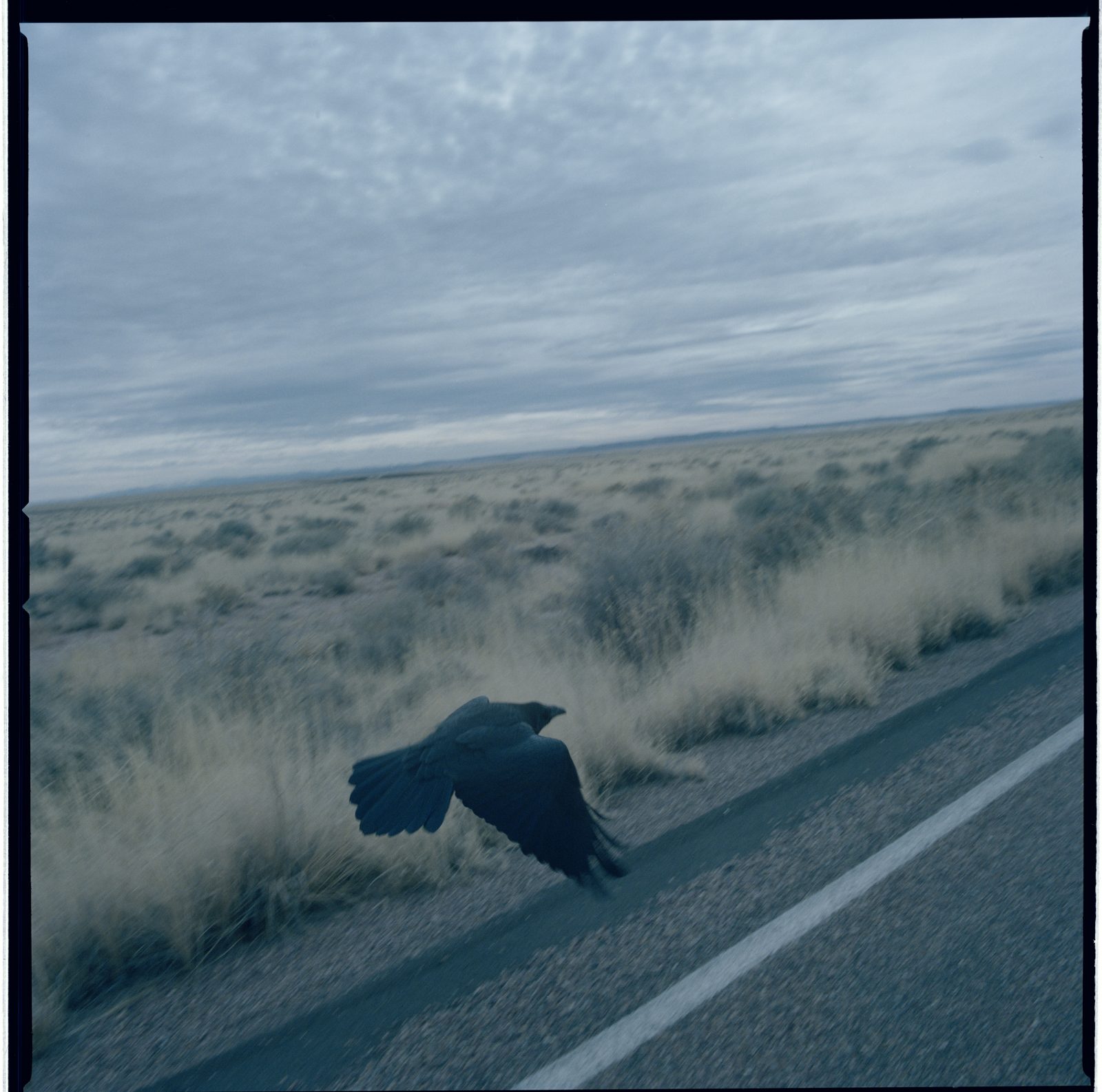
Pigment Ink on Hahnemuhle Cotton Rag 308gsm
880 x 890 mm
Edition of 7
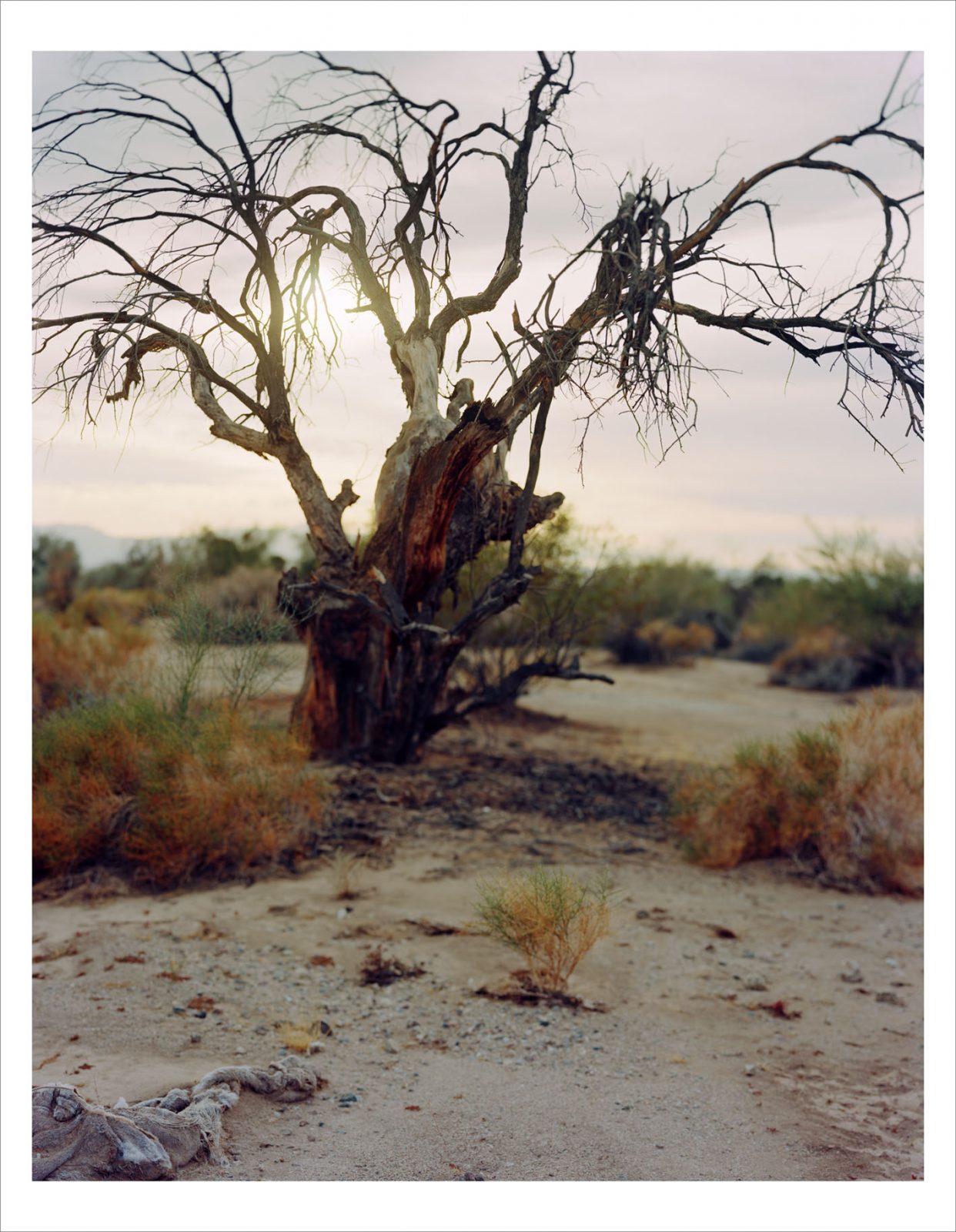
Pigment Ink on Hahnemuhle Cotton Rag 308gsm
880 x 890 mm
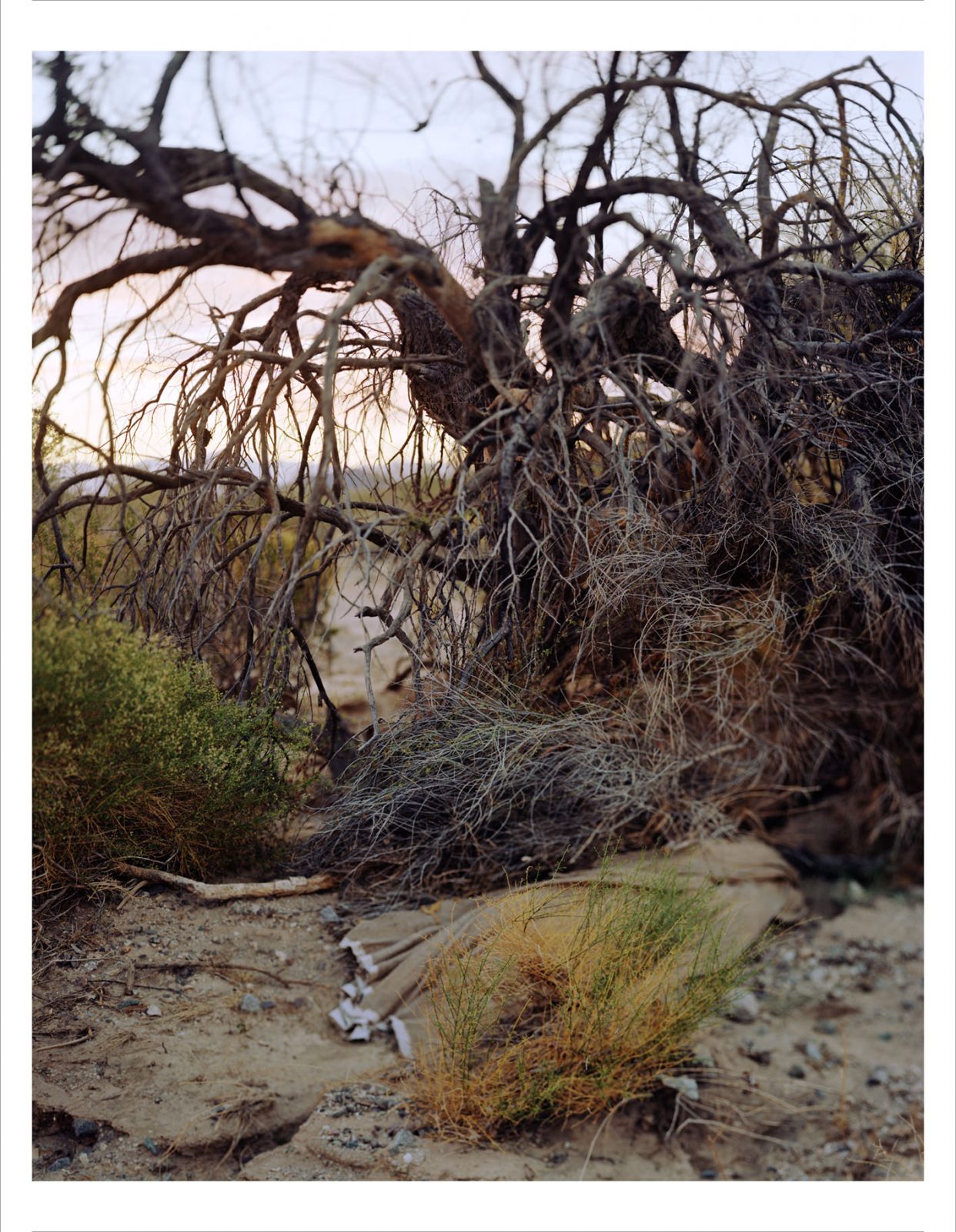
Pigment Ink on Hahnemuhle Cotton Rag 308gsm
880 x 890 mm
Edition of 7
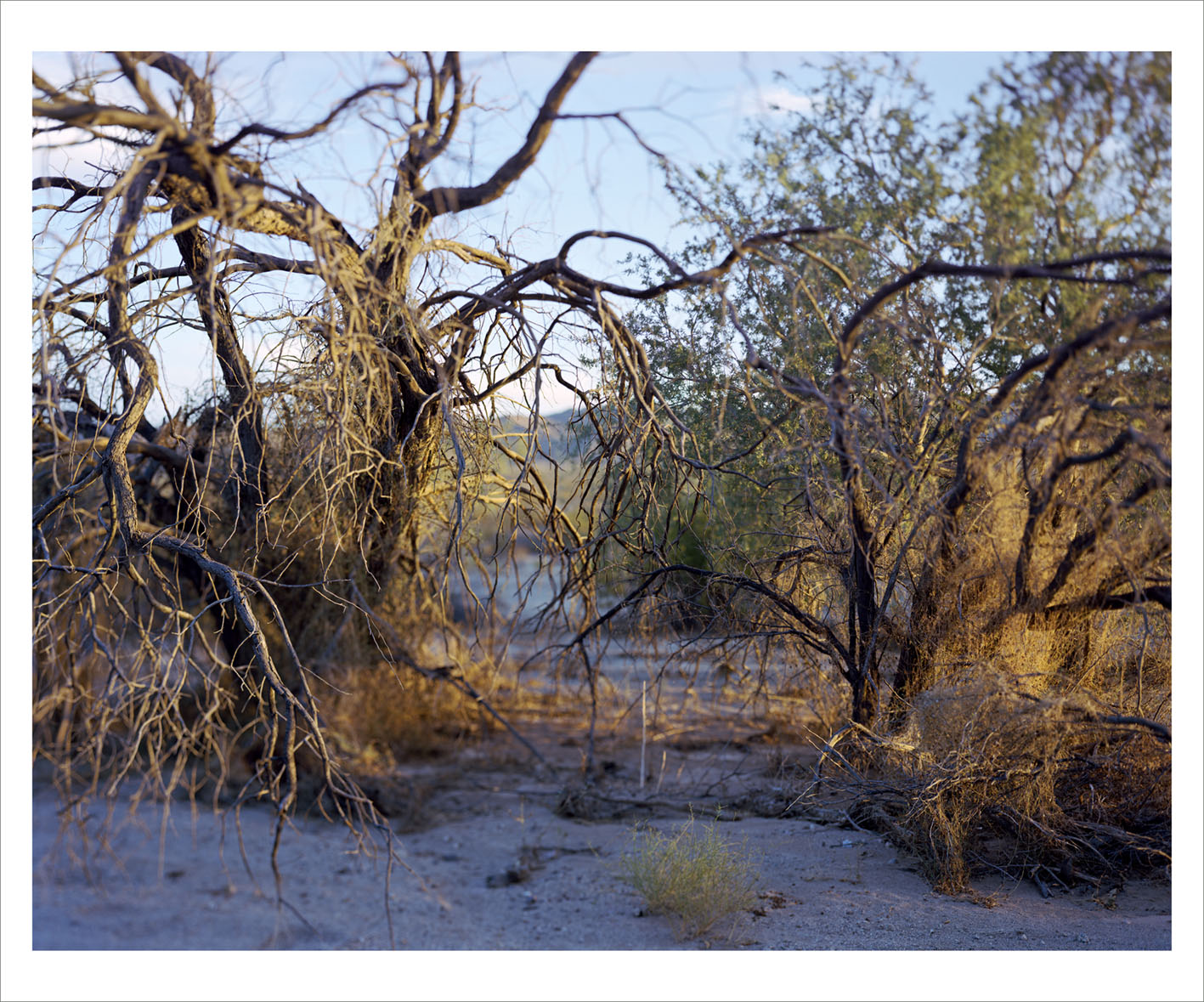
Pigment Ink on Hahnemuhle Cotton Rag 308gsm
880 x 890 mm
Edition of 7
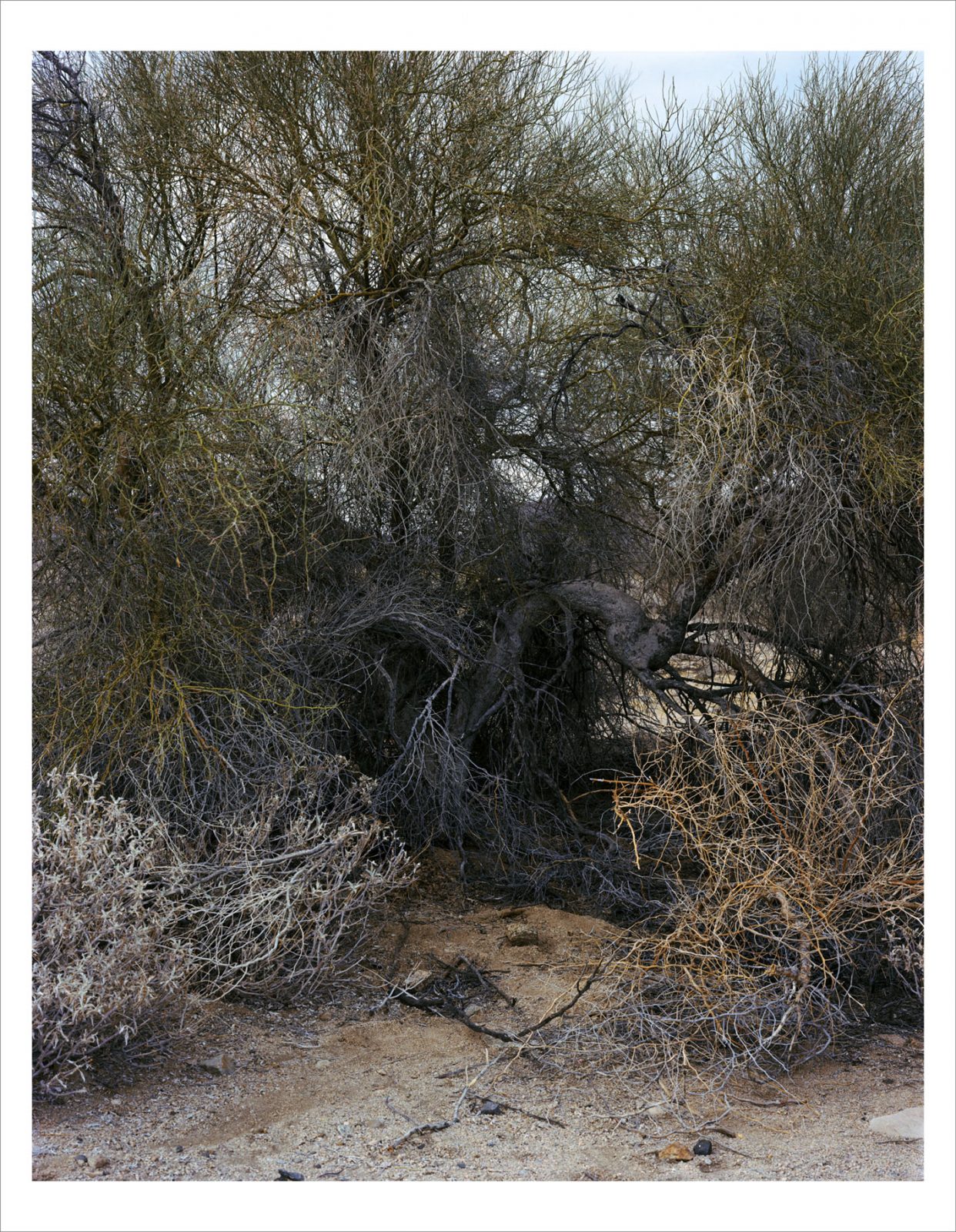
Pigment Ink on Hahnemuhle Cotton Rag 308gsm
880 x 890 mm
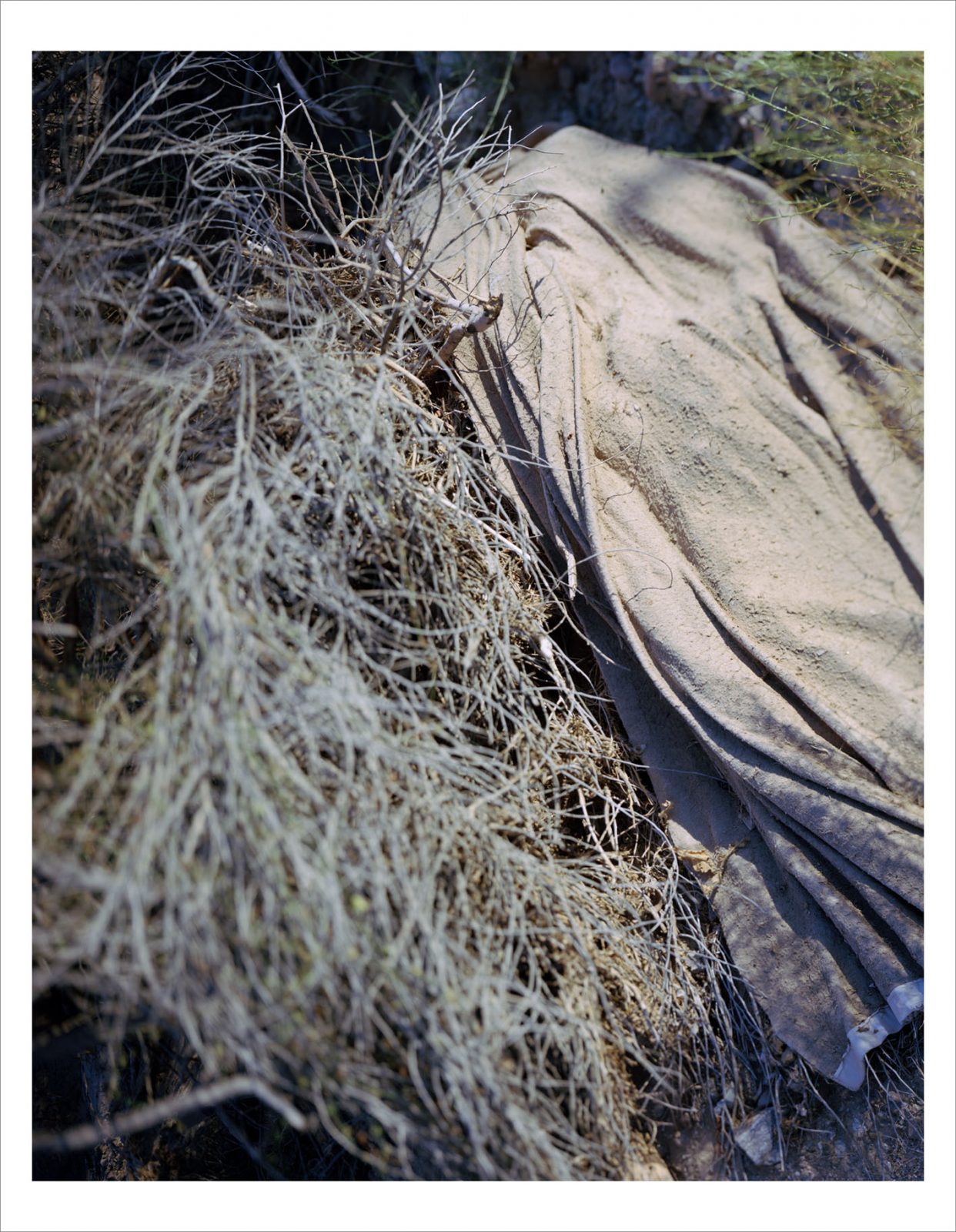
Pigment Ink on Hahnemuhle Cotton Rag 308gsm
880 x 890 mm
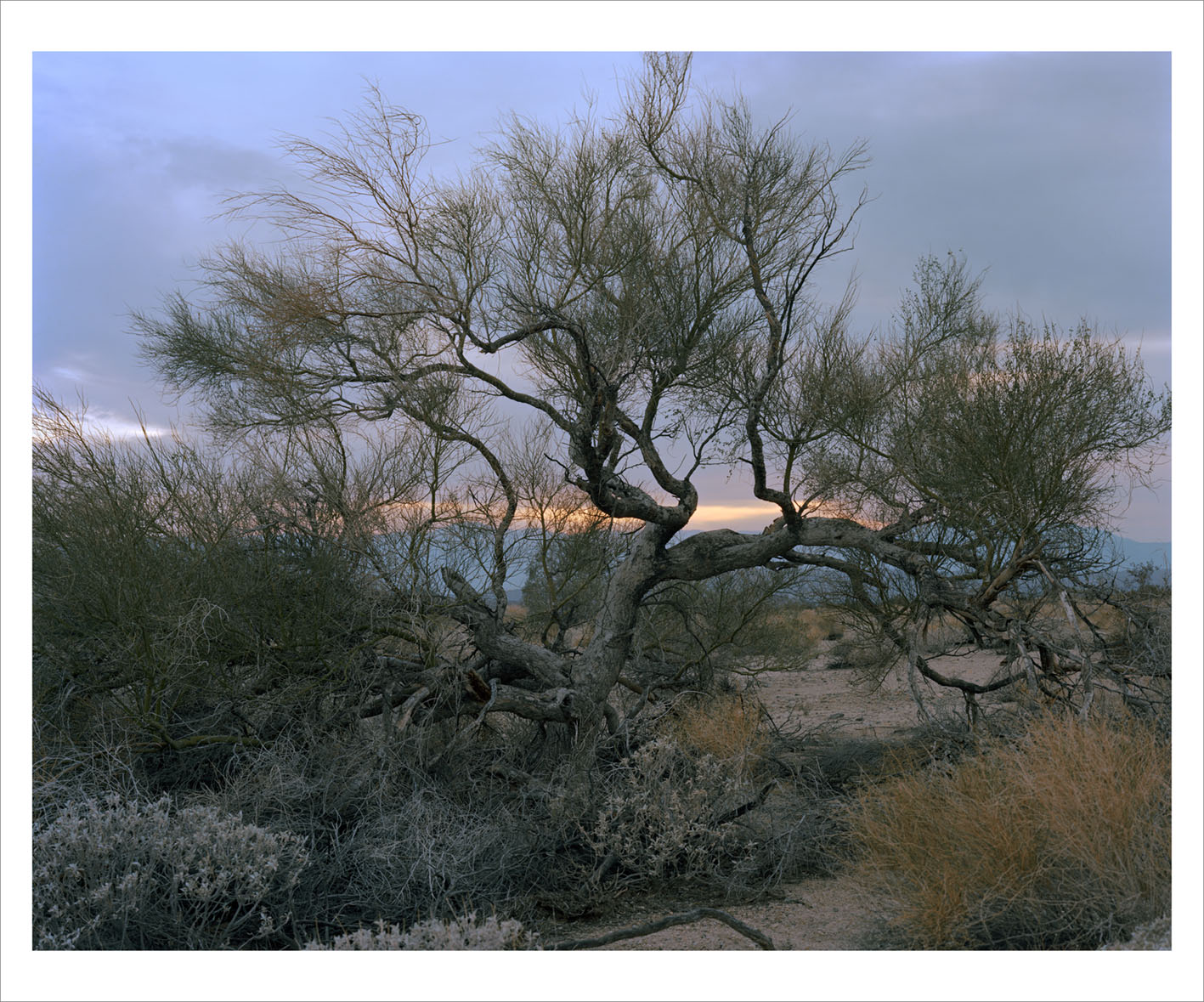
Pigment Ink on Hahnemuhle Cotton Rag 308gsm
880 x 890 mm
Edition of 7
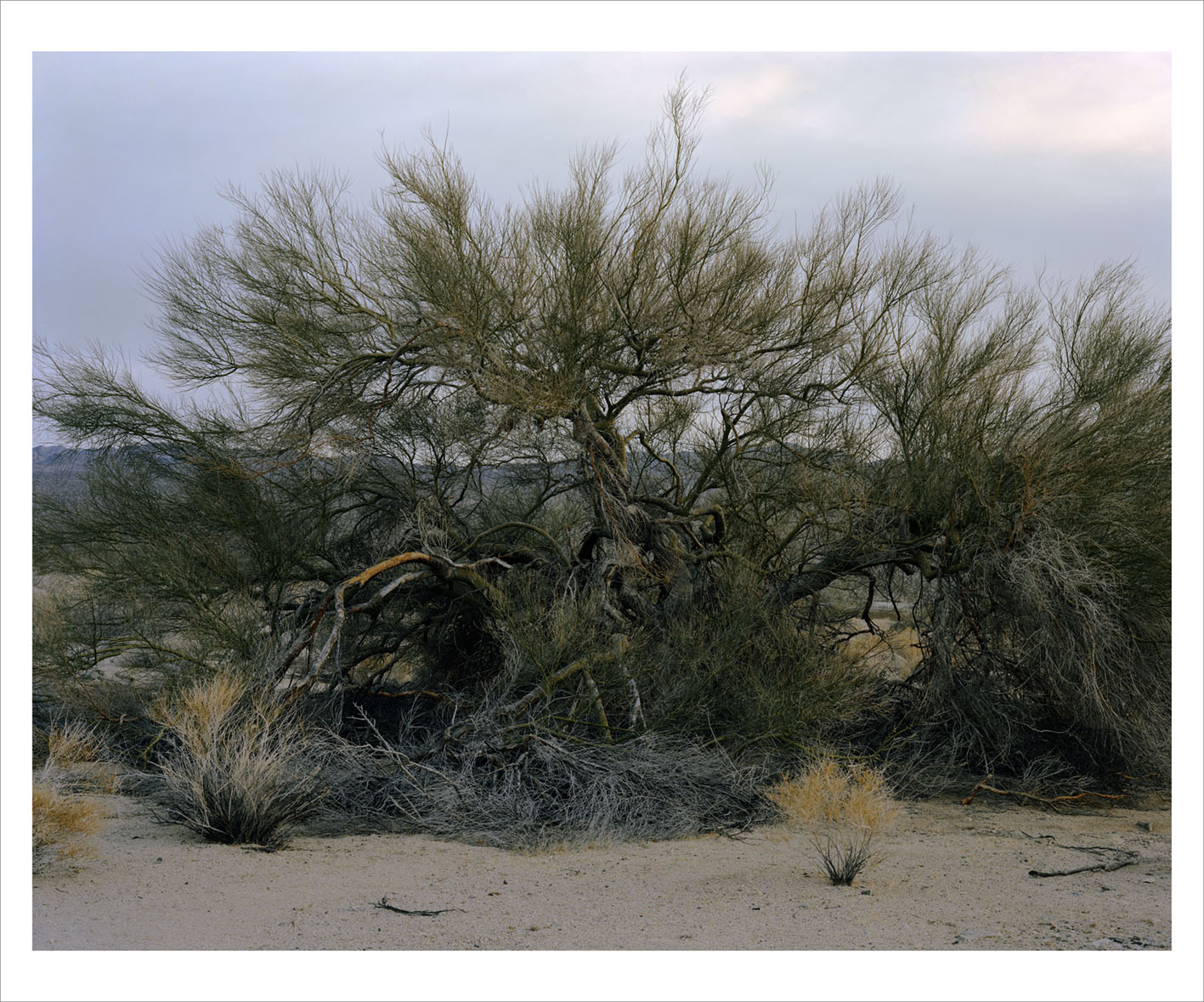
Pigment Ink on Hahnemuhle Cotton Rag 308gsm
880 x 890 mm
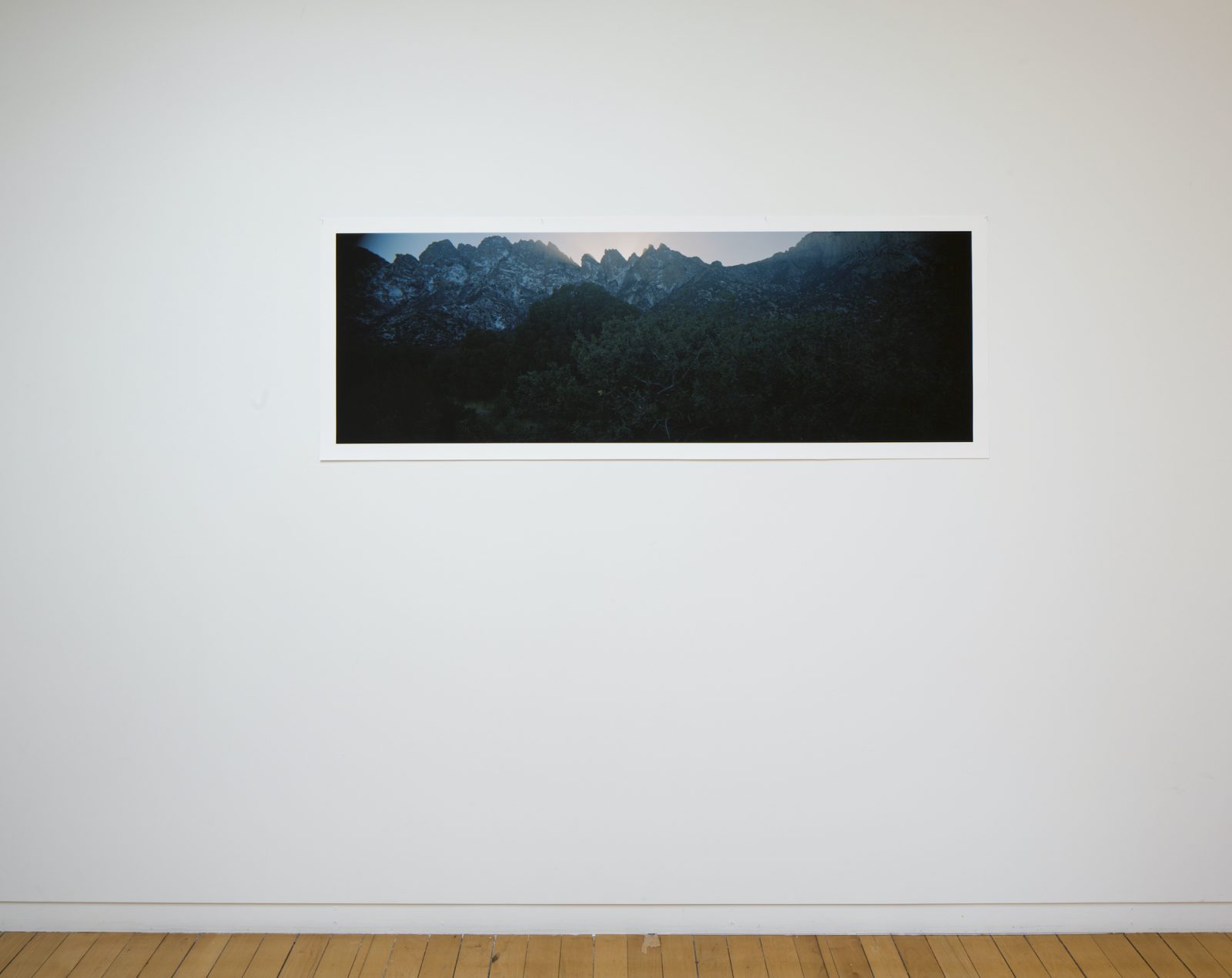
Pigment Ink on Hahnemuhle Cotton Rag 308gsm
1690 x 610 mm
